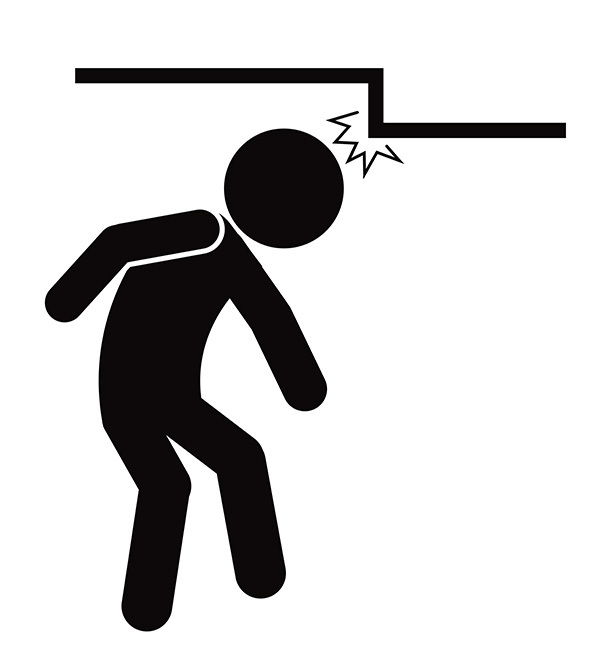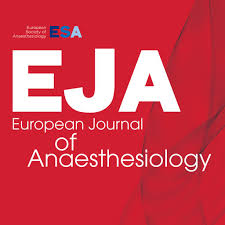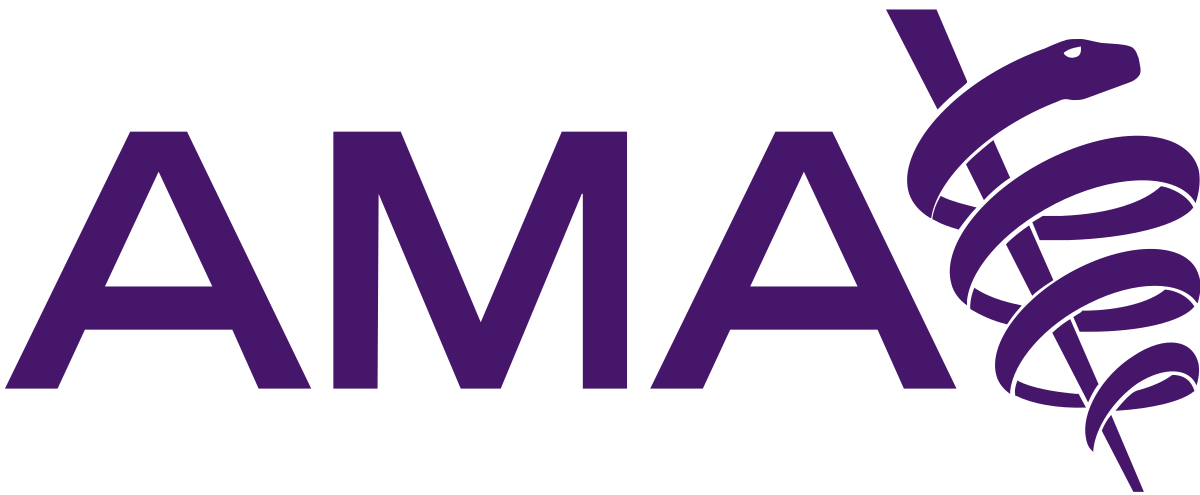 Anesthetists
Anesthetists
Engage anesthesia group to expand volume
Editor's Note Consistent case volume is the lifeblood of any successful ambulatory surgical center (ASC), but one often overlooked limiting factor in driving ASC volume is the anesthesia group, according to Michael Bernard, MD, in the September 2025 issue of Surgical Business. Staffing shortages of anesthesia professionals are a major…
Hidden head injury hazards expose cracks in OR safety culture

One of the most sobering moments in the career of anesthesiologist Cornelius Sullivan, MD, occurred not as a caretaker in the OR, but as a patient in the emergency department. Having been knocked out cold by a low-hanging monitor during a surgical procedure at Boston Children’s Hospital, he had to…
Partnership with Epic fuels ASA’s push for smarter, safer anesthesia

Editor's Note The American Society of Anesthesiologists (ASA) has partnered with Epic to launch the Anesthesia Community Registry (ACR), which is designed to enable easier data collection, benchmarking, and insight generation at scale. Powered by Epic’s new Community Registries platform, the ACR will complement ASA’s existing National Anesthesia Clinical Outcomes…
Study: Surgeon-anesthesiologist familiarity could reduce complications in select surgeries

Editor's Note Greater familiarity between surgeons and anesthesiologists was associated with reduced major morbidity in certain high-risk procedures, according to a Canadian retrospective cohort study published in JAMA Surgery. As detailed in a May 28 report from MedPage Today, the population-based analysis included more than 711,000 index procedures, finding an…
Study: No significant link between GLP-1 drugs, postoperative aspiration pneumonia

Editor's Note Preoperative use of GLP-1 receptor agonists was not significantly associated with an increased risk of aspiration pneumonia or acute respiratory failure after surgery, according to a March 4 report in MedPage Today. The article focuses on a retrospective cohort study of over 366,000 surgical patients found no meaningful…
Study: Prolonged general anesthesia linked to long-term cognitive decline

Editor's Note Prolonged exposure to general anesthesia during surgery contributes to long-term cognitive decline, affecting executive functioning, selective attention, mental speed, and information processing, according to a February 18 study published in the European Journal of Anaesthesiology. This prospective longitudinal cohort study followed 1,823 adults aged 25–84 in the Netherlands…
Research highlights anesthesia provider knowledge gap on drug, hormonal contraceptive interactions

Editor's Note Insufficient awareness of drug interactions with hormonal contraceptives (HCs) among anesthesia providers could lead to unintended pregnancies and preventable health consequences, according to survey published in Anesthesia & Analgesia. Physician’s Weekly covered the news February 27. The article specifically cites sugammedex and aprepitant, both of which are widely…
Study: ERAS protocol reduces opioid use after cardiac surgery

Editor's Note Implementing a multimodal analgesia-based enhanced recovery after surgery (ERAS) protocol significantly reduced both intraoperative opioid administration and postoperative opioid prescriptions in cardiac surgery patients, according to a January 5 report in Anesthesiology News. The findings were presented at the 2024 International Anesthesia Research Society meeting by Montefiore-Einstein Center…
ASA recommendations target postoperative delirium in older patients

Editor's Note Efforts to reduce the risk of postoperative delirium in older patients should focus on preoperative evaluation, anesthesia choices, and medication management, according to the American Society of Anesthesiologists (ASA). Designed specifically for treating adults aged 65 and older undergoing inpatient surgery, these new, evidence-based recommendations are presented in…
AMA letter expresses opposition to CRNA use of 'nurse anesthesiologist' title

Editor's Note The American Medical Association (AMA) expressed “strong opposition” to a proposed regulation in Washington, DC, that would allow certified registered nurse anesthetists (CRNAs) to use the title “nurse anesthesiologist.” As detailed in a December 2 announcement, a letter to the DC Department of Health from AMA CEO James…

 Free Daily News
Free Daily News